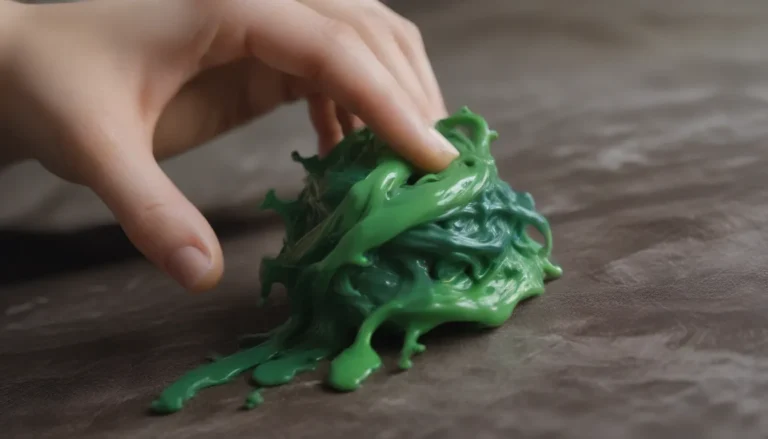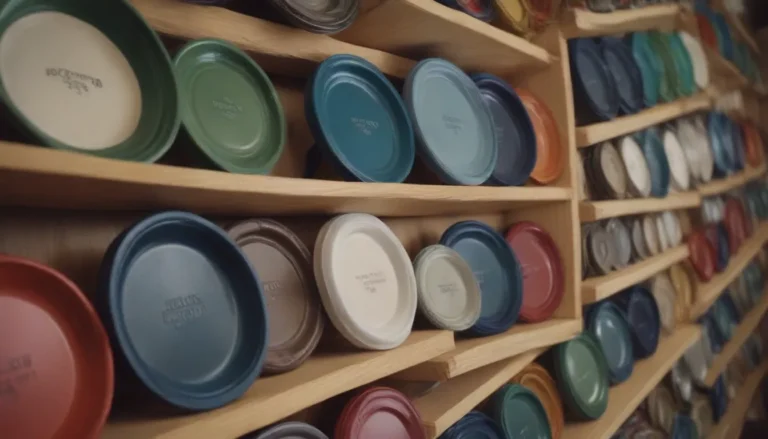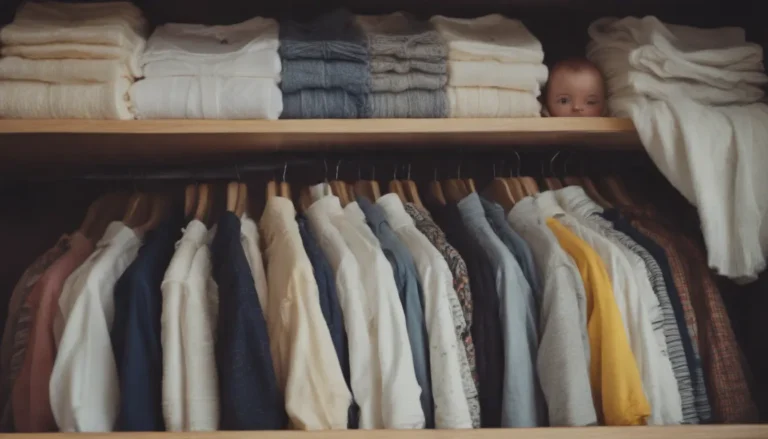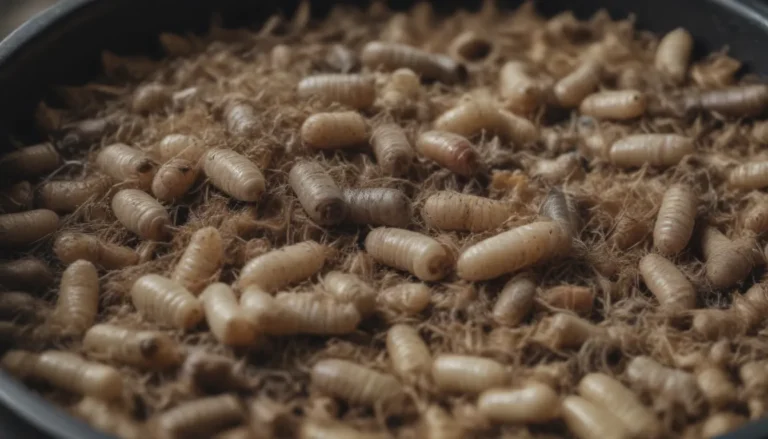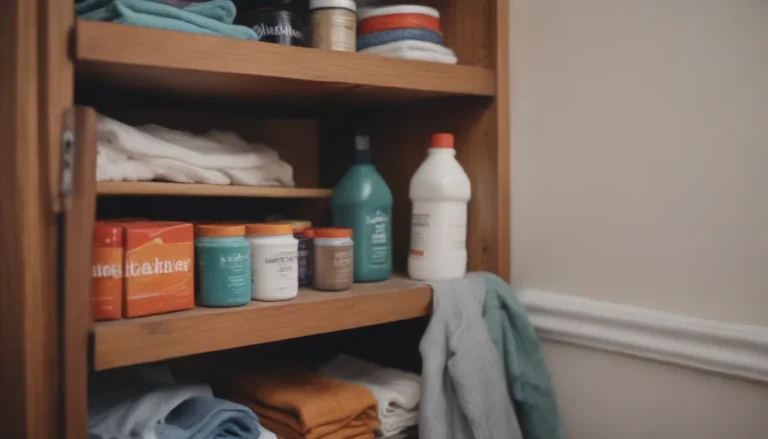10 Bugs That Look Like Bed Bugs, But Definitely Aren’t
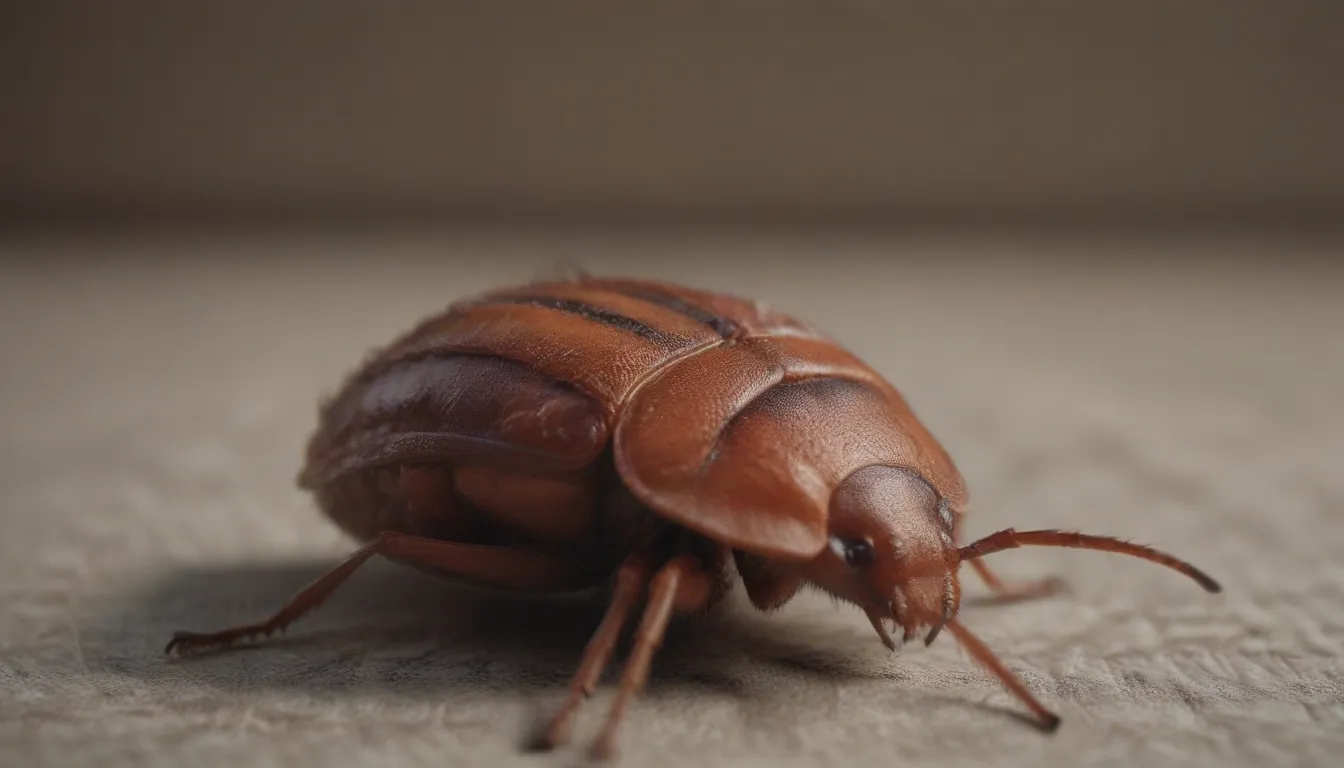
Have you ever woken up with mysterious bug bites all over your body, only to wonder if those pesky bed bugs are to blame? Identifying bed bugs can be a tricky task, as their stealthy nature and ability to resemble other common household pests make them a challenge to differentiate. Fear not, as we’re here to shed some light on the situation and help you distinguish between bed bugs and their lookalikes.
How To Identify Bed Bugs
Before we delve into the world of bed bug imposters, let’s first understand how to recognize the real deal. Here are some key characteristics to help you identify bed bugs:
Appearance
Bed bugs are small, reddish-brown insects that are flat and oval-shaped. They do not have wings and measure about 5-7mm in length.
Movement pattern
Bed bugs are nocturnal creatures, preferring to hide in cracks and crevices during the day and coming out to feed on blood at night.
Where they can be found
Bed bugs are commonly found in areas where people sleep, such as beds, sofas, and other furniture. They can also hide in wall cracks, electrical outlets, and baseboards.
Other signs of infestation
Aside from bug sightings, other signs of a bed bug infestation include bloodstains on sheets, dark fecal spots, and a musty odor.
Tips
If you suspect bed bugs in your home, it’s essential to act promptly and seek professional help for effective eradication.
10 Bugs That Look Like Bed Bugs
Now that we’ve covered the basics of identifying bed bugs let’s explore 10 bugs that closely resemble these notorious pests:
Fleas
- Appearance: Small, dark-colored insects that are wingless.
- Key distinction: Fleas are often found on pets but can also infest homes.
- Habits: Fleas are known for their jumping abilities and are attracted to warm-blooded animals.
- Found in: Pet bedding, carpets, and furniture.
Booklice
- Appearance: Tiny, pale insects that feed on mold and mildew.
- Key distinction: Booklice are commonly found in damp, humid environments, such as bookshelves.
- Habits: They feed on organic matter and are not harmful to humans.
- Found in: Books, paper, and wallpaper.
Spider Beetle
- Appearance: Small beetles with a dark reddish-brown color and a rounded body.
- Key distinction: Spider beetles are often mistaken for bed bugs due to their similar appearance.
- Habits: They feed on organic matter and can infest stored food.
- Found in: Pantries, stored food, and cracks in walls.
Ticks
- Appearance: Small arachnids that can resemble bed bugs in size and color.
- Key distinction: Ticks are known for transmitting diseases and are commonly found outdoors.
- Habits: They latch onto hosts for blood meals.
- Found in: Wooded areas, pet fur, and indoor spaces.
Carpet Beetles
- Appearance: Small insects with a varied color pattern.
- Key distinction: Carpet beetles infest carpets and fabric items.
- Habits: They feed on natural fibers and can damage clothing and upholstery.
- Found in: Carpets, clothing, and furniture.
Bat Bugs
- Appearance: Resemble bed bugs in size and color, as they are closely related.
- Key distinction: Bat bugs primarily feed on bats but can infest human dwellings.
- Habits: They feed on blood and hide in cracks and crevices.
- Found in: Bats’ roosts and human homes.
Swallow Bugs
- Appearance: Similar in appearance to bed bugs but develop on nesting swallows.
- Key distinction: Swallow bugs are associated with bird nests and not human dwellings.
- Habits: They feed on bird blood and are not a threat to humans.
- Found in: Bird nests and structures.
Head Lice
- Appearance: Small, wingless insects that feed on blood.
- Key distinction: Head lice infest human scalps and hair.
- Habits: They lay eggs (nits) on hair strands and feed on blood from the scalp.
- Found in: Human hair and bedding.
Baby Cockroaches
- Appearance: Resemble bed bugs in size and color, with a flat, oval-shaped body.
- Key distinction: Baby cockroaches are a common household pest.
- Habits: They feed on food scraps and can spread diseases.
- Found in: Kitchens, bathrooms, and dark, damp areas.
Oribatid Mites
- Appearance: Extremely tiny arachnids that are mainly found outdoors.
- Key distinction: Oribatid mites are harmless to humans and do not feed on blood.
- Habits: They feed on organic matter and help decompose dead plant material.
- Found in: Outdoor environments but can accidentally enter homes.
It’s essential to correctly identify the bugs in your home to implement the right control measures and prevent infestations. If you’re unsure whether you’re dealing with bed bugs or their lookalikes, consult with a pest control professional for proper identification and treatment.
Remember, early detection and action are key to effectively managing pest problems in your home. Stay vigilant and keep your living spaces clean and clutter-free to minimize the risk of bug infestations. With the right knowledge and proactive steps, you can protect your home and family from unwanted pests.
